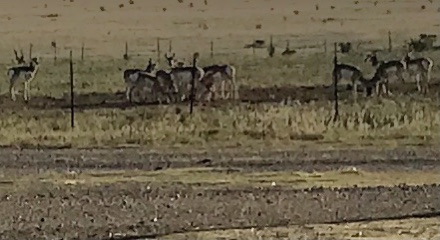School children not being able to pack lunches because of coyotes in the neighborhood is hyperbolic at best, and exactly the type of fearmongering that happens among suburban folks unfamiliar with wildlife.
Coyotes are watchful. Them staring at something does not correlate to them having any intention to attack something. The few recorded attacks on children have been under the age of six - and frankly, unsupervised. A human adult with children is enough of a deterrent for most predators larger than coyotes.
I am routinely watched by coyotes on my spring hacks and sometimes even doing barn chores. We had one that lived in our grass pasture all summer years ago. Never bothered us, but I never gave him a chance to: chickens are locked up at night.
These reports of losing livestock to coyotes do happen, and I’m telling you as someone with one foot in the agriculture/livestock industry (other side of the family are cattle farmers, angus), coyotes can’t eat your livestock or calves in the middle of being calved if you have the mom appropriately stalled/corralled. I can’t think of a time my other side of the family ever lost a newborn calf to a coyote. Not saying it doesn’t happen - it definitely does - but lock up your animals at night, watch your young children, and collect your vulnerable animals. These deaths and attacks are preventable and are because of poor animal husbandry.



